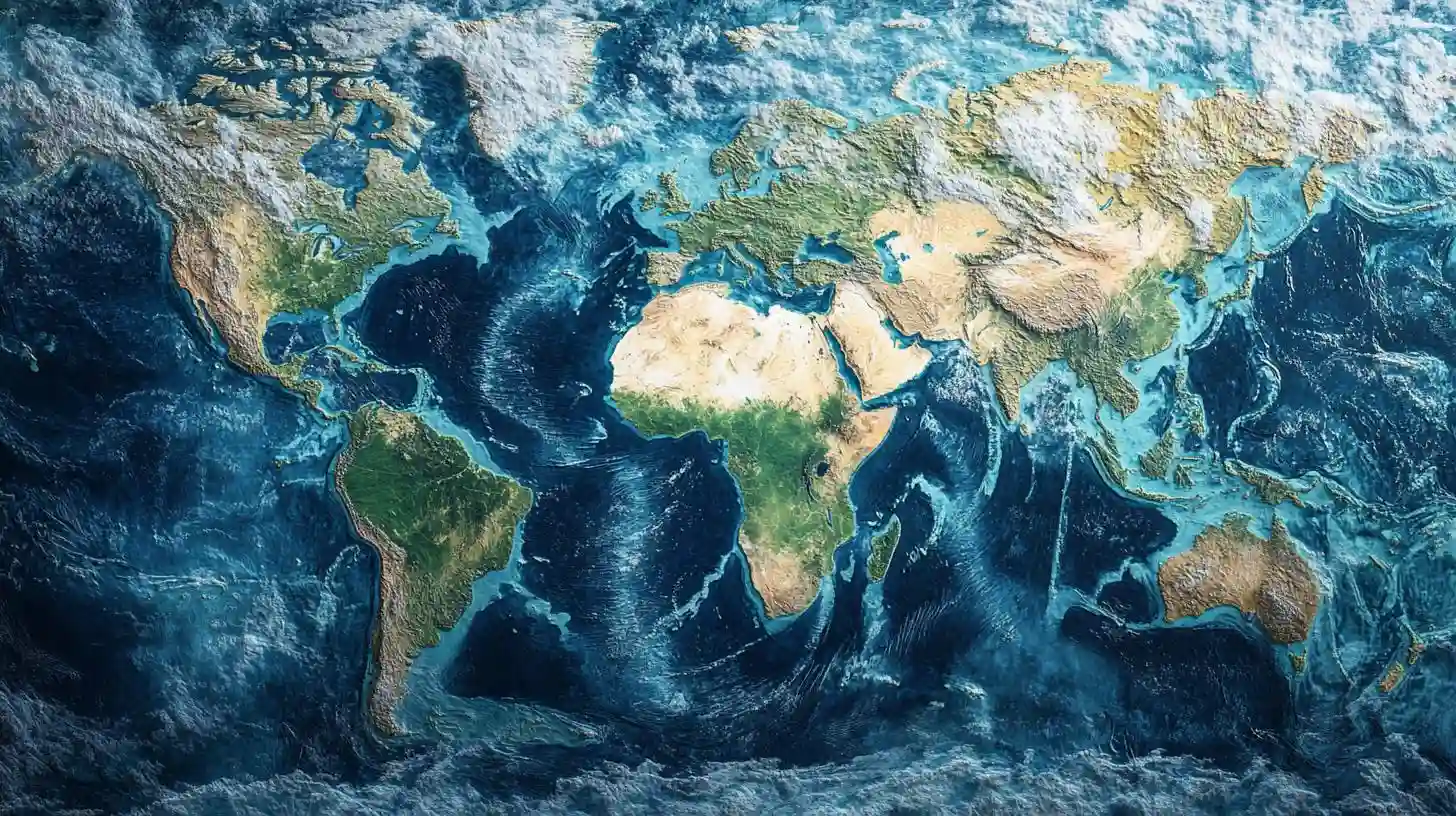
Ocean currents serve as vital arteries in our planet's system, influencing not only marine life but also weather patterns across the globe. Understanding these currents means recognizing their profound impact on climate, ecosystems, and the very dynamics of our environment. With the Earth's oceans covering over seventy percent of its surface, the currents that flow within them play a crucial role in regulating temperatures, distributing nutrients, and fostering biodiversity.
The movement of ocean currents is primarily driven by wind patterns, differences in water temperature, salinity variations, and the Earth's rotation. These forces create large-scale circular patterns known as gyres, which flow in specific directions due to the Coriolis effect. Gyres help regulate the global climate by transferring warm water from the equator towards the poles and cold water from the poles back to the equator. This transport system helps to moderate temperatures, leading to milder climates in many coastal regions. For instance, the Gulf Stream carries warm water from the Gulf of Mexico up the Atlantic coast toward Europe, contributing to the relatively temperate climate experienced in countries like the United Kingdom and Norway.
Conversely, cold water currents can create cooler climate zones. The California Current, for example, flows down the western coast of North America, bringing cooler temperatures to the region. This not only affects the weather but also impacts agricultural practices and ecosystems. Coastal temperatures are essential for farming, and fluctuations caused by ocean currents can greatly influence crop yields. Thus, ocean currents directly affect human activities and food security.
In addition to affecting climate, ocean currents have a direct impact on marine life. Upwellings, which occur when deep, cold waters rise to the surface, are vital for oceanic ecosystems. These currents are rich in nutrients, supporting the growth of phytoplankton, which forms the base of the marine food web. Phytoplankton populations thrive in areas where upwellings occur, attracting a diverse array of fish and marine mammals that depend on these organisms for sustenance. Regions like the eastern Pacific Ocean, known for their productive upwelling zones, are hotspots for fishing industries that support local economies.
The migration patterns of species are heavily influenced by ocean currents as well. Many marine animals, such as sea turtles and certain fish species, rely on prevailing flows to navigate vast distances. Sea turtles, for instance, are known to use these currents to travel thousands of miles between feeding and nesting grounds. This natural navigation system underscores the interconnectedness of oceanic life and highlights the importance of preserving these currents for the survival of various species.
However, human activities pose a significant threat to the delicate balance maintained by ocean currents and their associated weather systems. Climate change, driven by the burning of fossil fuels, is leading to alterations in ocean temperatures, which can disrupt current patterns. Changes in salinity due to melting ice caps and increased rainfall also affect these currents, leading to unpredictable weather patterns. The disruption of ocean currents can exacerbate extreme weather events, such as hurricanes and droughts, which have devastating impacts on both the environment and human societies.
Pollution presents another challenge. Plastics and other contaminants entering the marine environment can upset the natural balance within ocean ecosystems. Marine life can be severely affected by toxic substances, leading to decreased populations and disrupted food chains. Furthermore, the spread of pollutants can be accelerated by ocean currents, complicating efforts to contain and eliminate marine pollution.
Research into ocean currents continues to evolve, helping scientists to better understand their complexity and significance in the context of global climate change. Technologies such as satellite imaging and autonomous underwater vehicles aid in tracking currents, allowing for more accurate predictions of their effects on weather and marine biology. These advancements are vital for developing strategies to mitigate the negative impacts of human activities and to conserve marine ecosystems.
Understanding the influence of ocean currents is essential not only for scientists and researchers but also for policymakers and the general public. Awareness of these currents' importance can lead to more informed decisions regarding environmental conservation, climate change mitigation, and sustainable practices. As we continue to unravel the mysteries of our planet's oceans, it becomes increasingly clear that protecting these currents is integral to safeguarding our climate, marine biodiversity, and ultimately, the health and well-being of future generations. The intricate web of interactions facilitated by ocean currents serves as a testament to the complexity and interconnectedness of life on Earth, reminding us of the delicate balance we must strive to maintain.